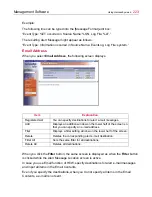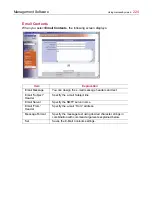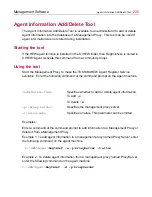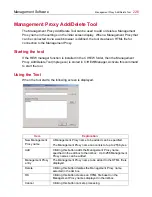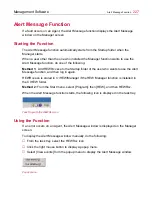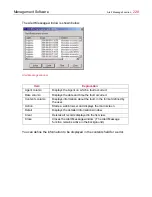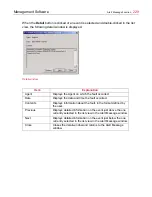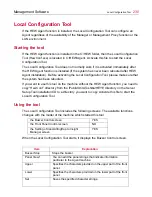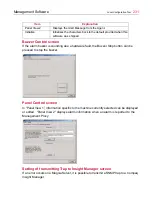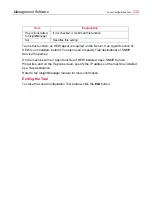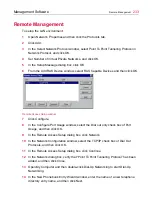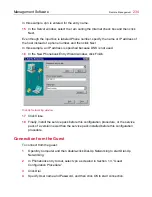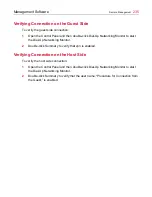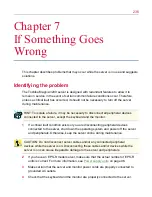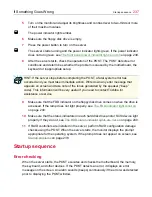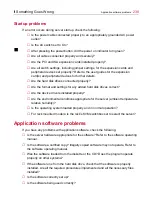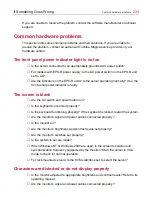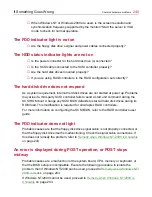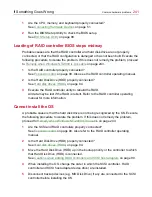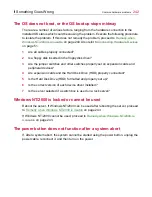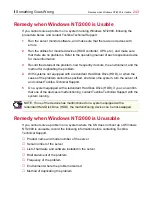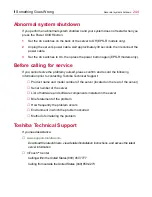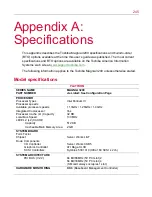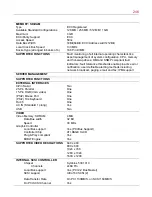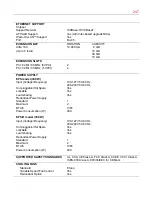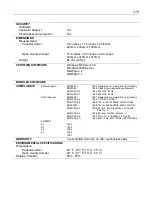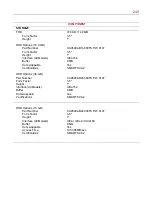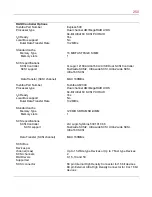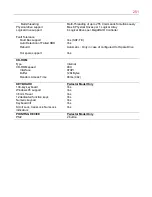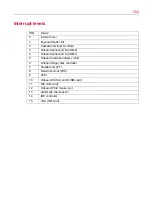
If Something Goes Wrong
Startup sequence
237
5
Turn on the monitor and adjust its brightness and contrast level to two-thirds or more
of their maximum values.
The power indicator lights amber.
6
Make sure the floppy disk drive is empty.
7
Press the power button to turn on the server.
The server starts running and the power indicator lights green. If the power indicator
does not turn green, see
The front panel power indicator light is not on
on page 239.
8
After the server starts, check the operation of the POST. The POST detects error
conditions and determines whether the problem is caused by the motherboard, the
keyboard or inappropriate setup.
9
Make sure that the FDD indicator on the floppy disk drive comes on when the drive is
accessed. If the lamp does not light properly, see
The FDD indicator light is not on
on page 240.
10
Make sure that the status indicators on each hard disk drive and/or SCSI device light
properly. If they do not, see
The HDD status indicator lights are not on
on page 240.
11
If RAID controllers are installed in the server, perform RAID configuration damage
checks using the POST. When the server starts, the monitor displays the prompt
appropriate for the operating system. If the prompt does not appear on screen, see
Startup problems
on page 238.
Startup sequence
Error checking
When the server starts, the POST executes and checks the motherboard, the memory,
the keyboard, and other devices. If the POST detects an error, it displays an error
message on the screen. An alarm sounds (beeps) continuously if the error was detected
prior to displaying the POST window.
HINT: If the server stops before completing the POST, a fatal system error has
occurred and you must take immediate action. Write down any error message that
appears on screen and take note of the tones generated by the speaker (“beep”
code). This information will be very useful if you need to contact Toshiba for
assistance or service.
Содержание 3200
Страница 1: ... ...
Страница 309: ...309 ...

